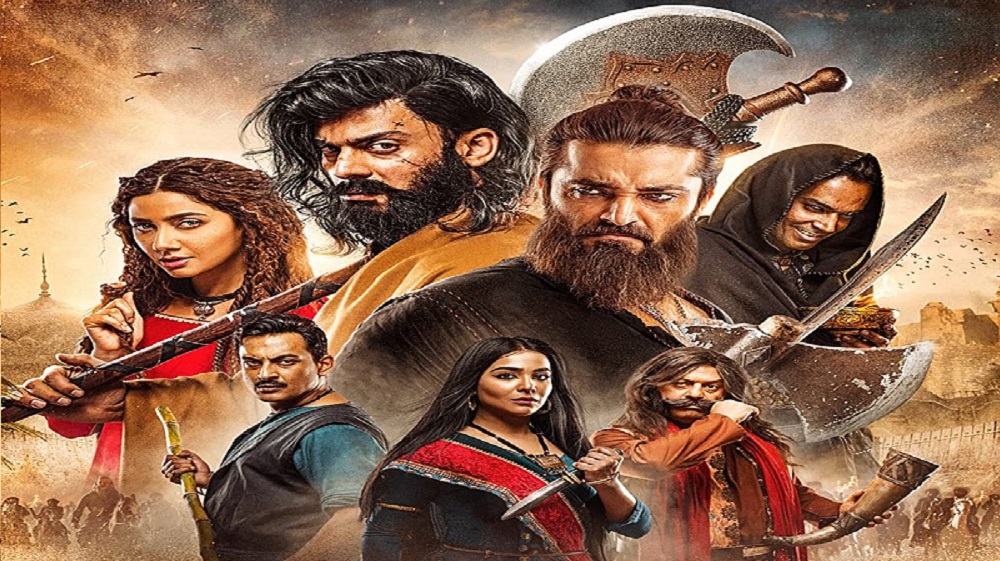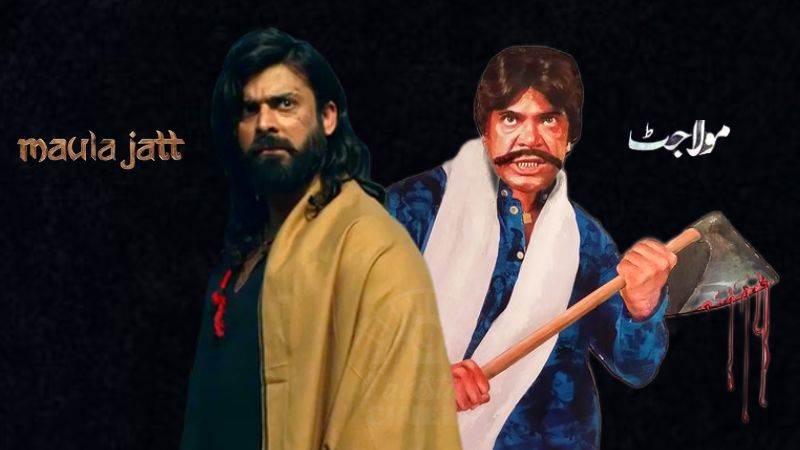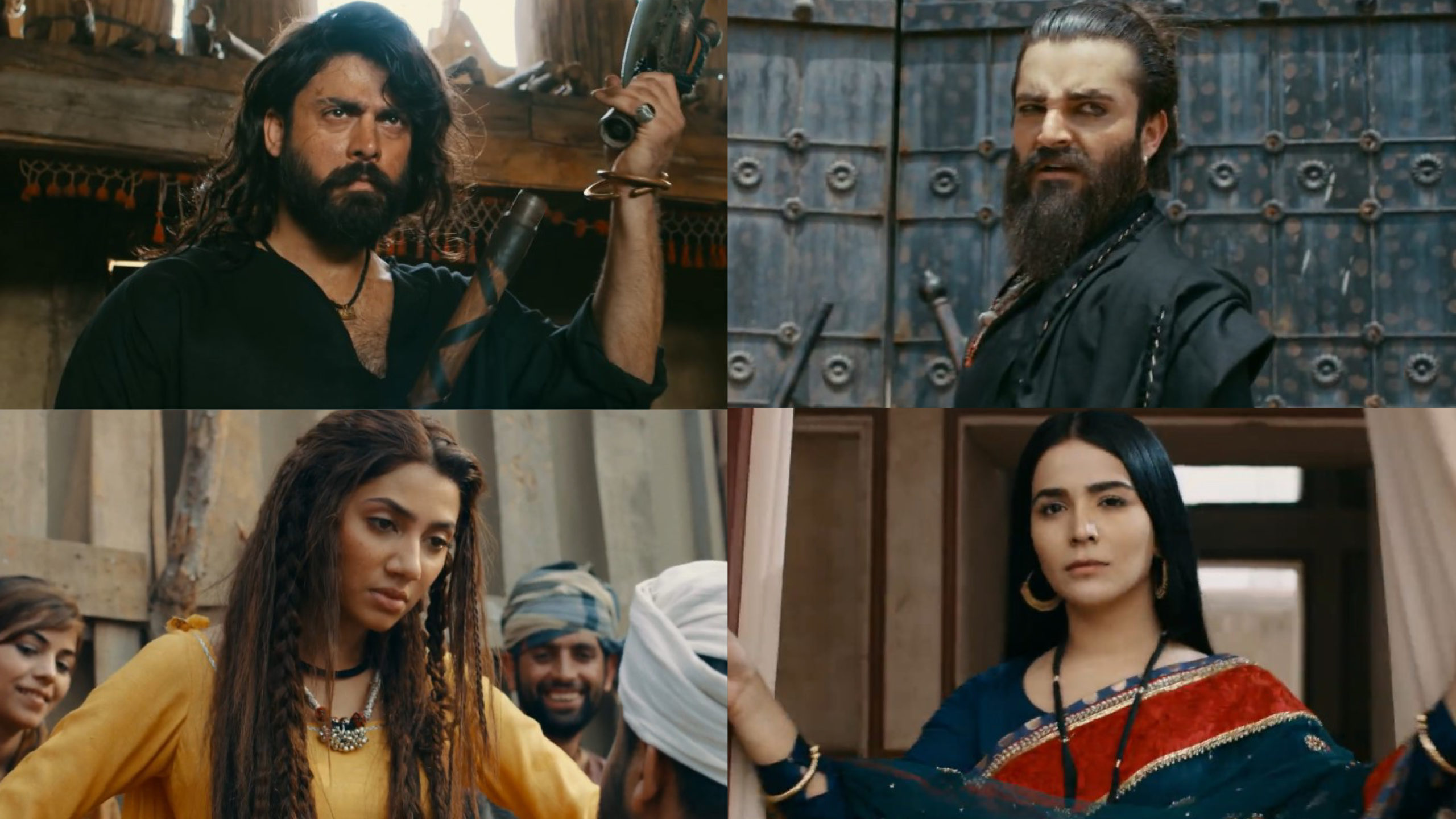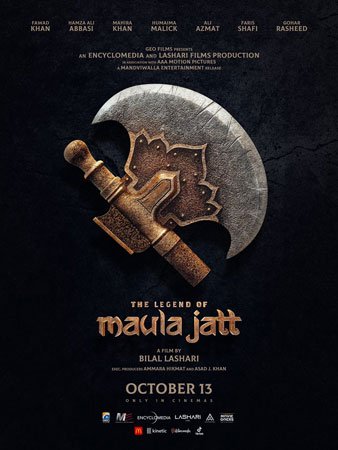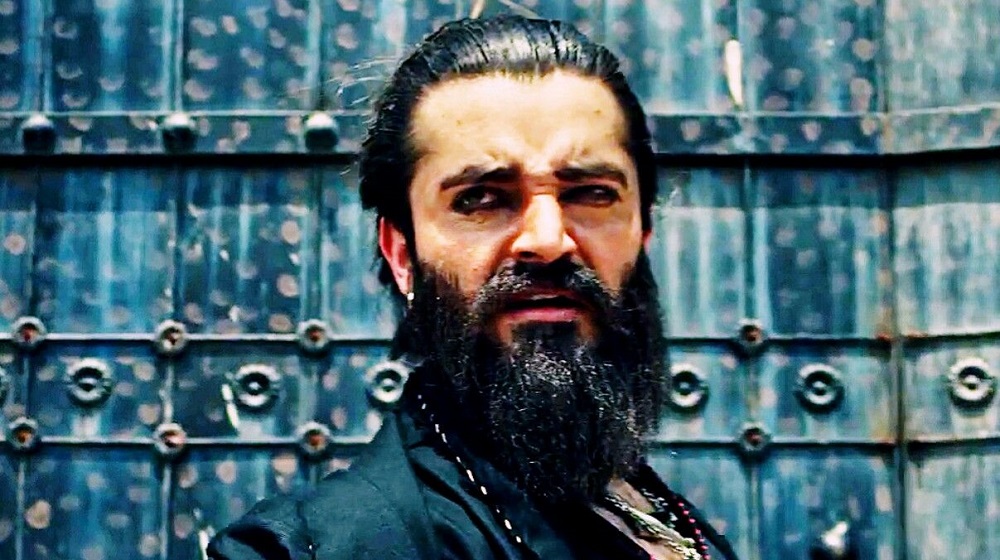They say that lightning never strikes twice, but Bilal Lashari made sure that it did. His latest opus magnum, The Legend of Maula Jatt, which was finally officially released on 13 October, is a revival of the classic Punjabi film, Maula Jutt did the same justice that his predecessor, Younis Malik, meted out decades ago.
The highly-anticipated reboot is as successful as Maula Jatt was in 1979 and is recognized as Pakistan’s most expensive movie to date. Although the setting differs, the story of the rivalry between Maula Jatt and Noori Natt brings the same plotline to life again.
The same harsh criticism of the societal norms that were first highlighted in the 1979 film is found in The Legend of Maula Jatt, replete with the same themes of masculinity, women’s rights, revenge, and feudalism are similar to those in the 1979 film. Maula Jutt’s verdict in the matter of Maakha Natt and a girl is only based on societal rules. Marrying the girl to Maakha is like pushing her into the dirt that soiled her, and marrying Maakha’s sister, Daaro Nattni, off in the tradition of vani is another violation of humanity.
Another feature depicted in The Legend of Maula Jatt is bloodshed over trivial matters, and relating it to feudalism reveals another facet of Punjabi society. The act of the murder of Maula Jatt’s family for land is not just a scene but is a longstanding routine activity in society. Interestingly, his gandasa (axe) symbolizes the societal rules that enforce the verdicts that demolish civilization to its depths. This is seen at end of the movie when Daaro agrees to marry Moodha in an unwanted agreement.
However, revenge in the movie has been criticized in such a way that fans will be sure to actually like it. Maula’s hot-blooded vengeance for his family and Noori Natt’s rage against him for insulting his family and beating his brother, Maakha Natt, lead both the protagonist and antagonist to clash, following with Maula overpowering the savage Noori.
Another element of Punjabi culture that the movie upholds is that of masculinity. Neither Maula nor Noori are willing to regard themselves as inferior in the perspective of society because they are both stern believers in their masculinity, and in essence, the ‘honor’ that culture intertwines and ingrains in it.
Those who have seen the movie have been raving about it, and Bilal Lashari seems to have done directorial justice to the reboot of Maula Jatt. The movie is truly the movie of the decade and stays true to its Punjabi roots and portrayal of rural Punjabi culture.
Tell us in the comments what you think of The Legend of Maula Jatt.



